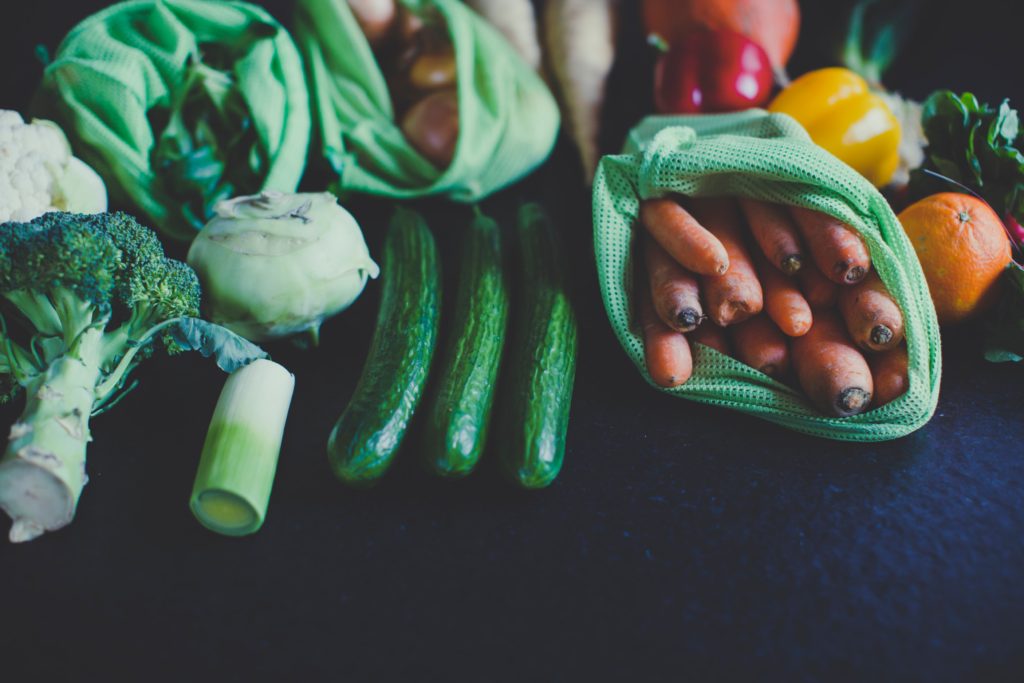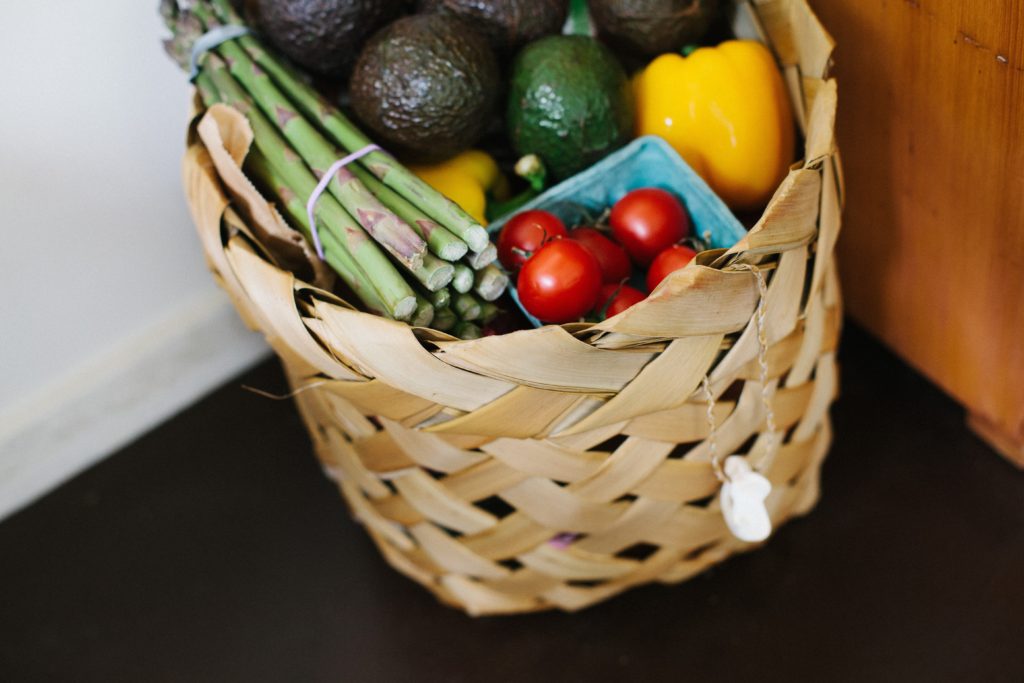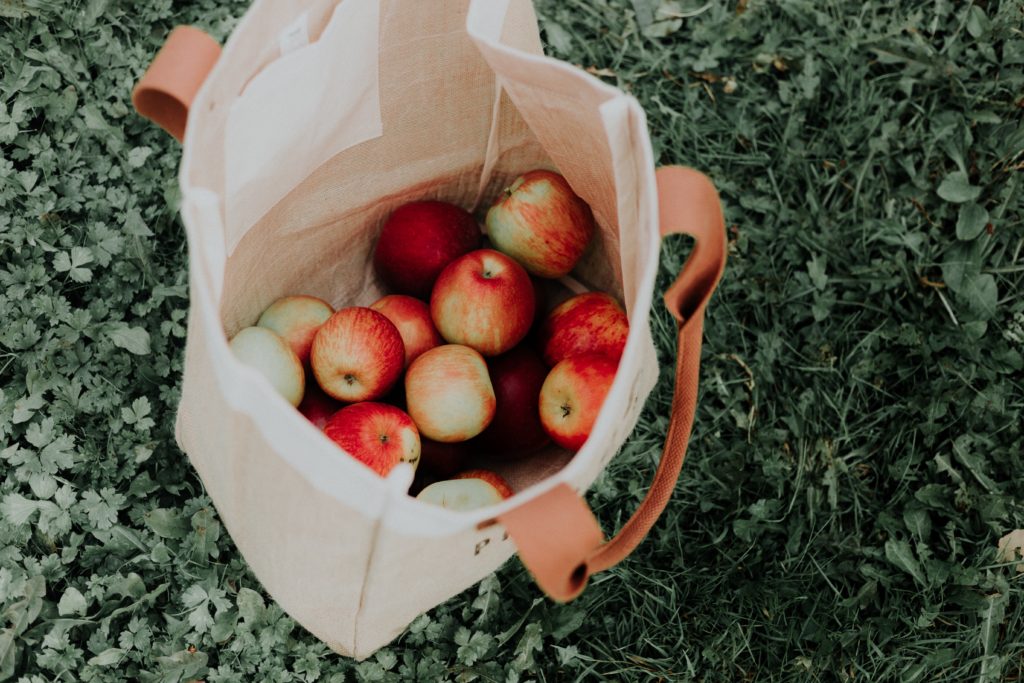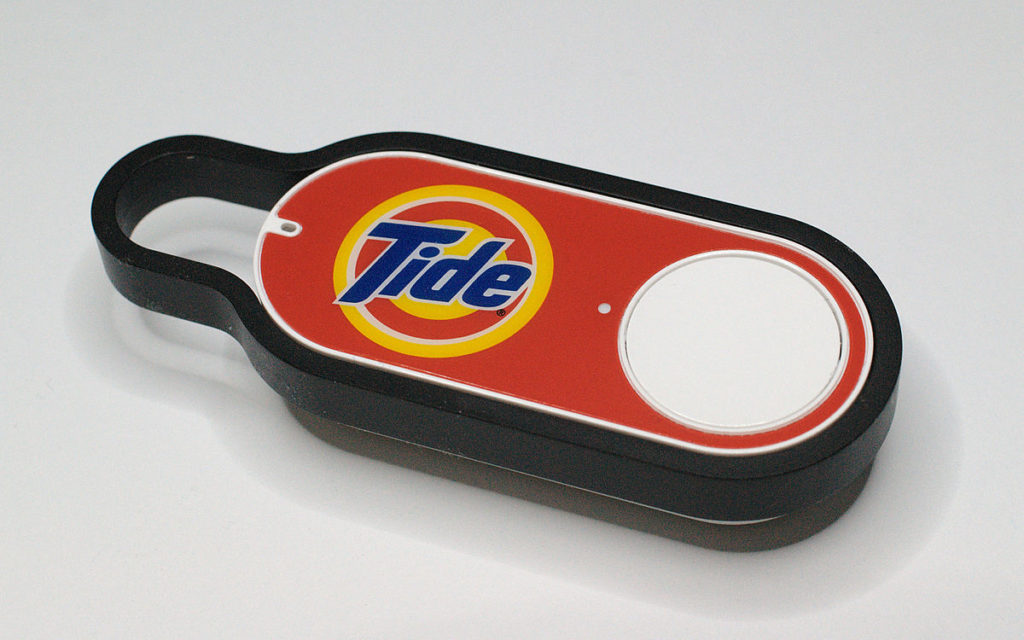
With the acquisition of the Future Group by Reliance Industries, a clarion call has gone out to budding e-grocers and retail businesses that a battle royal is to commence in this space with Amazon and Walmart squaring up against the local behemoth. This deal gives Reliance Retail an estimated one-third of the brick and mortar stores in India and with its JioMart play backed by Facebook, gives it a head-start in omni-channel delivery in India.
The pandemic has accelerated the growth of online deliveries and especially groceries, in households around the world and India. While pre-pandemic projections put the growth in India from $569 million in 2018 to $3.6 billion by 2024, it is reasonable to assume much larger growth numbers post pandemic. While the top end of the grocery market is consolidating, several regional and city-based delivery services have sprung up or gained momentum to cater to the spurt in demand for online grocery deliveries, given the current climate of social distancing and lockdowns. These include names like Grofers, Big Basket, Licious among the bigger ones.
The products being delivered include packaged food & beverages, personal care, household products, meat and fruits & vegetables, with the first having the largest market share in India. Customers in most urban areas tend to prefer shopping perishables like meat, fruit and vegetables in offline brick and mortar stores or farmer markets. However, an increasing focus on quality, freshness and timely delivery has slowly started moving them to online channels. This has now been accelerated by the pandemic. The success of online meat delivery provider – Licious – is testament to this shift.
IT IS A LOGISTIC BUSINESS WITH LOW MARGINS!

These are encouraging signs for a business like grocery that has traditionally been low margin. If you add on top the cost of doorstep delivery, the notion of profit becomes distant. In fact, online grocery business stalwarts like Peapod in the US have struggled to make financials work despite several years of innovation.
For an online grocery to be consistently profitable the following things are important:
- Delivering to a catchment area of large population centres for consistent order flow per day. Unless online grocery-delivery companies are delivering to hundreds of homes in the same neighbourhood, it will be very hard to make a profit given delivery costs.
- Having a customer base that is comfortable ordering things off phones and the internet. Hence a customer profile favourable to digital buying is essential in finalising locations to deliver.
- Managing customer loyalty with quality and timeliness of order delivery, discount offers, delivery charge waivers, etc. This is vital as customer switching costs are extremely low in the business with several options to choose from.
- Ensuring efficient backroom operations in inventory management, picking and packaging (that could include diverse items requiring separate packaging and handling) to enable timeliness of delivery.
- Developing a delivery schedule that optimises kilometres travelled per delivery as much as possible. Delivery costs are nearly half of all operational costs with last mile delivery being the most expensive. As has been noted often, the most cost-effective delivery schedule is a mailman schedule where the delivery is door to door down the lane! Needless to say, a successful online grocery business is a highly effective logistics business.
DIFFERENT MODELS OF ONLINE GROCERY EXIST…
Grocers have responded with different models to counter this margin challenge. There are four business models at play with differing success rates –
- Inventory Model: This model is followed by the companies that do not have any brick-and-mortar grocery stores. Here the companies have to buy directly from producers and manufacturers and then stock it in their warehouse. It is the most capital-intensive model but provides the most operational control. Efficiency in operations and logistics management in this model needs to be high to ensure cost effectiveness. E.g. BigBasket.com
- Aggregator or Hyperlocal model: In the aggregator model, companies partner with existing supermarkets or grocery stores to collect orders and then deliver them to consumers through their deliverers. The customer is not aware of where the product is getting delivered from. This model is comparatively less expensive than others since it cuts down the warehouse costs and merchandise is readily available in the partner stores. E.g. Licious
- Delivery Model: A different play on the aggregator model. Here the customer is aware of where and what they are shopping for and the company delivers the chosen goods from the chosen store to the customer. This is the least expensive of the lot but also is heavily reliant on store and product availability. E.g. Swiggy, Zomato
- Mixed model: In this model a combination of delivery approaches is used. This could be a brick and mortar retailer responding to e-commerce or a company like Amazon converging on brick and mortar options. This is true omni-channel delivery which includes dark stores (traditional retail stores that have been converted to local fulfilment centres for online delivery), click and collect options (“buy online, pick up in-store”), home delivery and traditional retail stores.
…OF WHICH TWO ARE OF INTEREST!

Of these models , there are 2 of particular interest which can tackle the problem of delivery costs while maintaining customer expectations: Click and Collect and Refill.
Click and Collect is increasingly becoming more popular as an option, where delivery costs can be reduced by batching deliveries to one drop off location or enabling customer pickup in store. The customer selects the items and quantity online, pays and is given a location and confirmed delivery time window to pick up the goods.
There are several benefits to the customer and the seller here:
- The customer is able to pick up the goods at their convenience and its often faster than a delivery run.
- The risk of damaged or stolen packages or misplaced deliveries is removed.
- The customer is also able to check the quality of the product and return it to the store in case of any problem or if the product does not meet the required standards.
- The seller saves on shipping costs.
- The seller has the opportunity to incentivise sales during pickup, do customer testing and conduct in-store promotions.
Click and Collect has now evolved into many innovative formats. From automated pickup stations, to Amazon lockers, to pedestrian grocery drive formats by Carrefour in France, this midpoint between doorstep delivery and in-store shopping is becoming de rigueur in many countries and will increasingly be explored in India.
Potentially, this is where the true value of the ubiquitous kirana (small store) can come into play. 12 million such stores are available across the country. For an online grocery player, it provides a unique opportunity to leverage this network (without having to acquire expensive new real estate) and badge it as a Click and Collect location for the brand. It has several synergies for both the kirana and the online store brand. For example, the opportunity for the customer to buy things on the fly from the kirana store, a percentage of which can be shared with the online grocer driving sales there.
The Refill Model is an offshoot of zero-waste stores: that support local produce, encourage plastic free shopping and focus on replenishing staples on a periodic basis. It is a subscription-based model.
It offers customers the option to pick staples that need regular refills like oil, rice, flour, detergent etc online. The delivery of the product is fixed on a periodic (weekly in most cases) basis as per a desired time-slot. Delivery can be completed in reusable containers that are returned for washing as per hygiene standards.
There are several benefits to the Refill model especially from a sustainability standpoint to an increasingly environment conscious audience:
- Reusable packaging or container for staple products reduces waste and provides a cost benefit to the seller.
- The seller is able to batch deliveries, package and create optimised transport schedules that drastically reduces delivery costs.
- A subscription-based model enables assured cash flow for services offered.
- Product bundles can be suggested based on past shopping behaviour of the customer and product to improve buying experience.
This refill concept in groceries at is slowly gathering steam and has also piqued the interest of consumer giants like Unilever. Zero waste stores are slowly popping up around the world including Europe, Singapore and the USA pushing the refill idea to consumer audiences. Waitrose in the UK is running a pilot scheme at its Oxford branch to test concepts that could “save thousands of tonnes of packaging and plastic”. The Refill Zones offer 28 products including pasta, rice and grains, beer, wine and coffee.
Online delivery services have cottoned on to this concept. Winder Farms in Utah has a milk delivery service along with 300 fresh chilled products from local shop owners, which it delivers to customers on the basis of a standing repeat order which can be customised as needed. Orders are delivered to a pre-set weekly schedule in a returnable cooler for which the customer is responsible. This optimises cost of delivery significantly while ensuring sustainability.
Technology is also playing a key role in the evolution of this model. Farmstead, the revolutionary online grocery start-up based out of California, is using AI-based tech to accurately predict what people would buy, stock its micro-warehouses accordingly, and deliver within an hour. To add to this, it has now launched a Refill & Save programme, for staple products that have a lower price than local supermarkets and can be delivered not only weekly but also on the same day!

The erstwhile Amazon Dash was a product launched by Amazon in the same vein. It was a small wireless device that is mapped to an individual staple household product (like a Tide detergent pack). Once a Dash Button was setup, using the device’s accompanying mobile app, the customer just needed to push the button and it automatically ordered the preferred detergent. The gum stick-sized device utilised the home’s Wi-Fi network in order to do so. While it was not the perfect answer given its demise, the potential of the idea to order refills for staple products once a certain minimum limit is reached, is immense.
INNOVATE TO COMPETE!
For small and medium city-based and regional players who want to ride the pandemic wave in online groceries the opportunities to innovate are boundless as can be seen above. Marg in its conversations with several such teams has highlighted the importance of innovating in a low margin business that is about to be engulfed by much larger players. Marg stresses the importance of a data driven approach to understand customer preferences in terms of buying preferences (ideally through a multivariate analysis) and location analysis to understand placement of warehouses and neighbourhoods with the right profile to serve. The basis of this analysis should be to innovate from a customer experience (CX) standpoint so that a distinctive model that caters to customer preferences and is financially sound is developed. Alternatively, as a small player in a low margin market, with low customer switching costs, costly operations , weak value proposition and massive competition looming like JioMart , it will not be an easy ride .
To survive, sustain and eventually flourish in the online grocery market as a niche player, one needs to look beyond repeating the old repertoire of tricks and create customer value in new ways and new models.
Sandeep Hota is the Strategy Partner of Marg Advisory Services based in Bhubaneswar, Odisha. He worked in PwC UK and Canada’s Operations Practice for several years. He has over 14 years of business and technology consulting experience in diverse industries including infrastructure, higher education, retail, healthcare, IT services, energy, and telecom. Sandeep has strong project management skills and experience of working in cross-cultural teams across the world.
REFERENCES:
- https://www.unilever.com/news/news-and-features/Feature-article/2019/we-are-innovating-for-a-reuse-revolution.html
- https://www.weforum.org/agenda/2019/06/this-uk-supermarket-is-going-refillable-to-cut-down-on-plastic-waste/
- http://www.canadiangrocer.com/blog/finally-an-e-grocery-business-model-that-makes-economic-sense-42971
- https://en.wikipedia.org/wiki/Amazon_Dash
- https://yourstory.com/2019/04/licious-growth-30billion-meat-market
- https://www.globenewswire.com/news-release/2020/03/04/1994880/0/en/India-s-3-6B-Online-Grocery-Market-Insights-by-Category-Platform-Region-and-Company-2014-2024.html
- https://techcrunch.com/2020/08/29/indias-reliance-retail-to-acquire-future-groups-retail-wholesale-and-logistics-businesses-for-3-4-billion/s




Rajesh Patnaik
14 Sep 2020Most valuable and insightful points are made. Especially the refill models for a sustainable standpoint. A research suggests that consumers demanding zero plastic actions from manufacturers and retailers rather than from governments to tackle plastic pollutions.
Research reference article:
https://www.retailgazette.co.uk/blog/2019/09/plastic-usage-waste-sustainability-enviroment-consumers/#:~:text=Consumers%20have%20demanded%20action%20from,governments%20to%20tackle%20plastic%20pollution.&text=With%2080%20per%20cent%20avoiding,avoid%20products%20in%20plastic%20packaging.